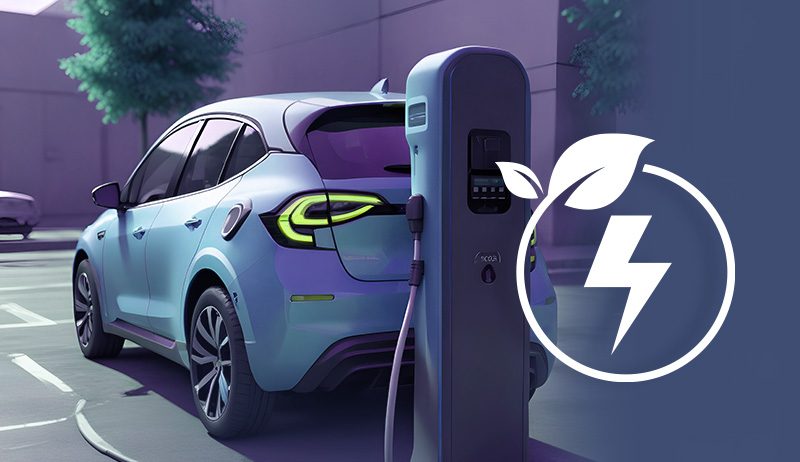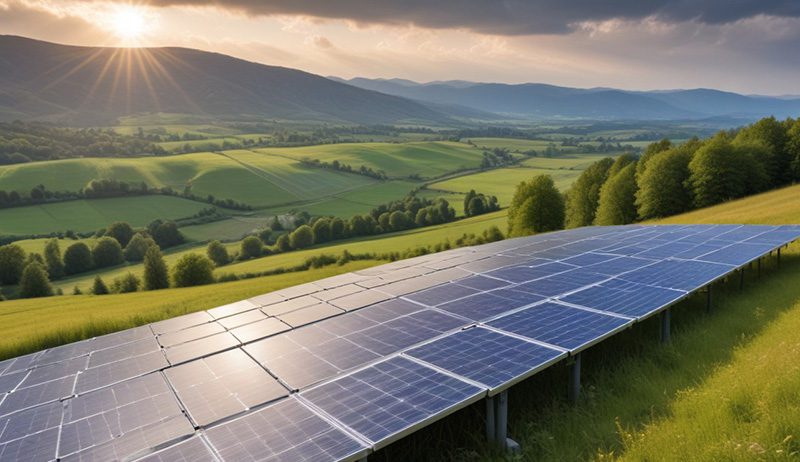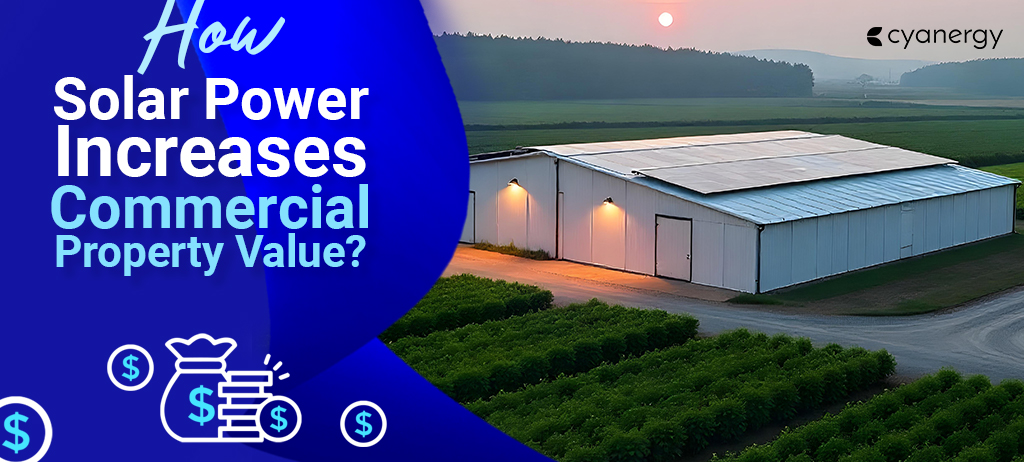The Federal Budget for 2024-25 is Australia’s largest investment in clean energy yet. It aims to create thousands of jobs in clean energy and make renewable energy, green metals, and critical minerals central to our economic future.
This budget is very supportive of green industries. The main focus is the Future Made in Australia policy, which includes initiatives worth A$23 billion over ten years.
These initiatives provide financial support for manufacturing industries like solar panels and green hydrogen.
The Government is taking active steps to guide the economy towards certain goals – specifically, to grow green industries and strengthen supply chains.
The budget documents say that one goal is to make Australia a key player in the global movement towards net-zero emissions.
Increasing and Facilitating Investment in Key Industries
The government has shared more details about its new Future Made in Australia plan. This $22.7 billion plan aims to make Australia a key part of the global economy by attracting investments in important industries and becoming a leader in renewable energy.
The goal is to maximize the benefits of moving to net zero and secure Australia’s position in the changing world economy.
To attract investments in key industries, the Government will provide $68.0 million over four years starting in 2024-25 (and $3.1 million each year after that). This funding includes:
- $54.7 million over two years from 2024-25 to manage and promote the Future Made in Australia agenda, create laws for a National Interest Framework, and work with industry and investors to attract major investment proposals.
- $11.4 million over four years from 2024-25 (and $3.1 million each year ongoing from 2028-29) to create and manage a National Interest Account with Export Finance Australia, supporting domestic projects aligned with the Future Made in Australia National Interest Framework.
- $1.9 million in 2024-25 to review the Northern Australia Infrastructure Facility Act 2016.
The Government also plans to boost Indigenous Business Australia’s ability to invest in First Nations communities and businesses. However, the main focus remains on green energy investments.
So What’s in This Year’s Federal Budget For Green Industries?
Billions for Clean Industries
Renewable energy and clean manufacturing can drive the next phase of Australia’s growth. With our abundant sunshine and wind, we have a natural advantage to quickly develop zero-emission industries for domestic use and export, gradually replacing coal and gas.
The government is dedicating billions to grow clean industries like critical minerals, renewable hydrogen, and renewable energy manufacturing, steering us towards a future without fossil fuels. These steps are crucial for unlocking Australia’s potential in clean industries.
Funding Announcements Include:
- $19 billion to boost investment in key industries: renewable hydrogen, green metals, low-carbon liquid fuels, refining and processing critical minerals, and manufacturing clean energy technologies.
- $566 million to support research and development in Australia’s essential minerals and strategic material industry.
- $218 million for workforce development in the clean energy and industry sectors, including $91 million to address vocational training shortages in energy trades and $10 million in 2025-26 to establish a National Hydrogen Technology Skills Training Centre in partnership with the Victorian Government.
One downside in the government’s industrial investment package is a $32 million commitment to develop rules and international trade arrangements for carbon capture and storage (CCS).
This technology, supported by the fossil fuel industry, aims to prolong the use of polluting products.
It hasn’t been proven effective on a large scale for capturing emissions from coal and gas projects and doesn’t address the larger issue of emissions produced when these fossil fuels are burned.
The government should focus all its investments on accelerating the shift to clean energy rather than supporting CCS.
No New Money for Gas
Gas and coal are not included in the budget’s vision for a Future Made in Australia, emphasizing that our next era of prosperity will be built on clean energy.
This is an important message for Australia’s economy. Gas companies have been making huge profits at the expense of Australian families and businesses, and the best long-term solution is to move away from gas.
Last week, the Albanese Government released its ‘Future Gas Strategy,’ which many, including us, criticized for overemphasizing the role of gas and missing the chance to switch to clean alternatives.
Now is not the time to worsen the climate crisis by burning more gas; it’s time to increase investments in clean energy and industries that can create good jobs for Australians.
The Climate Council is glad that gas is not included in new budget funds, which makes the Future Gas Strategy ineffective.
Supporting Clean Transportation Options

Expanding shared, active, and electric transportation options leads to better, healthier travel methods. Increasing shared and active transportation and electrifying more vehicles can reduce climate and air pollution, enjoy quieter and cleaner neighborhoods, and make our roads safer for pedestrians and cyclists.
Before the Budget, the Albanese Government worked to introduce a New Vehicle Efficiency Standard, which will provide Australians with better access to cleaner, more affordable cars. This move followed strong support from the Climate Council.
The Budget now includes significant new funding to implement this standard and build more vehicle charging stations to help people switch to electric vehicles (EVs).
In addition to funding for EV adoption, the government has created a new fund for active transport projects across Australia and has contributed to shared transport initiatives in some states and territories.
This funding will help improve how we move around, but more investment will be needed in future budgets to give Australians real transportation choices.
Funding announcements include:
- $154 million to implement the New Vehicle Efficiency Standard, which will support greater access to fuel-efficient vehicles, reducing petrol costs and transportation pollution.
- $100 million to create a new national Active Transport Fund to upgrade and build new bicycle and walking paths.
- $78 million to support the High-Speed Rail Authority in further investigating the Sydney to Newcastle high-speed rail corridor.
Helping Consumers Benefit from Energy Changes

The Government will provide $47.7 million over four years starting from 2024 to 25 (and $0.7 million every year afterward) to ensure that consumers and communities get the most out of the energy changes.
This includes:
- $27.7 million over four years starting from 2024 to 25 (and $0.7 million each year after that) to carry out important changes in how consumers use energy. This will help them save money on bills by increasing the amount of renewable electricity from rooftop solar panels and home batteries that go into the power grid.
- $16.6 million over four years starting from 2024 to 25 (including $1.7 million for building upgrades in 2024–25) for the Australian Energy Regulator. This will help households find better energy plans by keeping an eye on regulations, upgrading data systems, and improving digital tools to make things easier for consumers.
- $1.8 million over four years, from 2024 to 25, to implement new rules in the energy retail sector that focus on consumers. These rules will make it easier for people to switch to better energy deals with just one click, stop contracts from automatically renewing at higher prices, ensure people get the discounts they’re supposed to, and reduce extra fees.
- $1.6 million over two years, from 2024 to 25, to review the Prohibited Energy Market Misconduct Act 2019. This law deals with unfair practices in the electricity market, and the review will check if it’s working well for consumers, retailers, and wholesalers.
Australia’s transition to clean energy is well underway, with evidence on our rooftops, in our homes, neighborhoods, and businesses.
This reduces climate pollution, lowers family living costs, increases business competitiveness, and generates good jobs and new investments in our regions.
To make these budget investments work, we need stronger policies that get all sectors of our economy moving in the same pollution-free direction and a clear bipartisan commitment to maximizing Australia’s clean energy potential.
The investments in this budget will need to increase during the next term of government and beyond.
Contact Cyanergy for any renewable energy needs!







